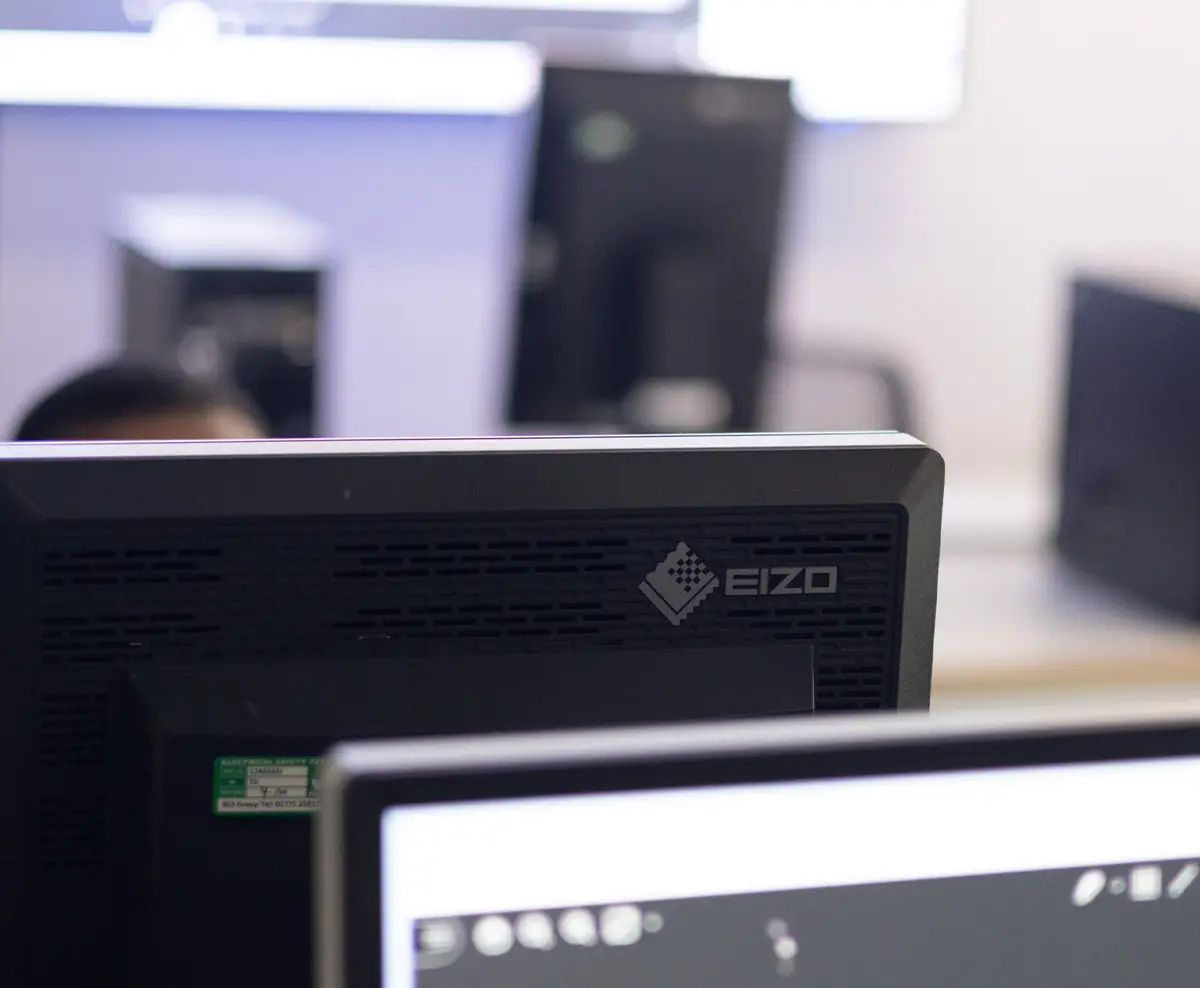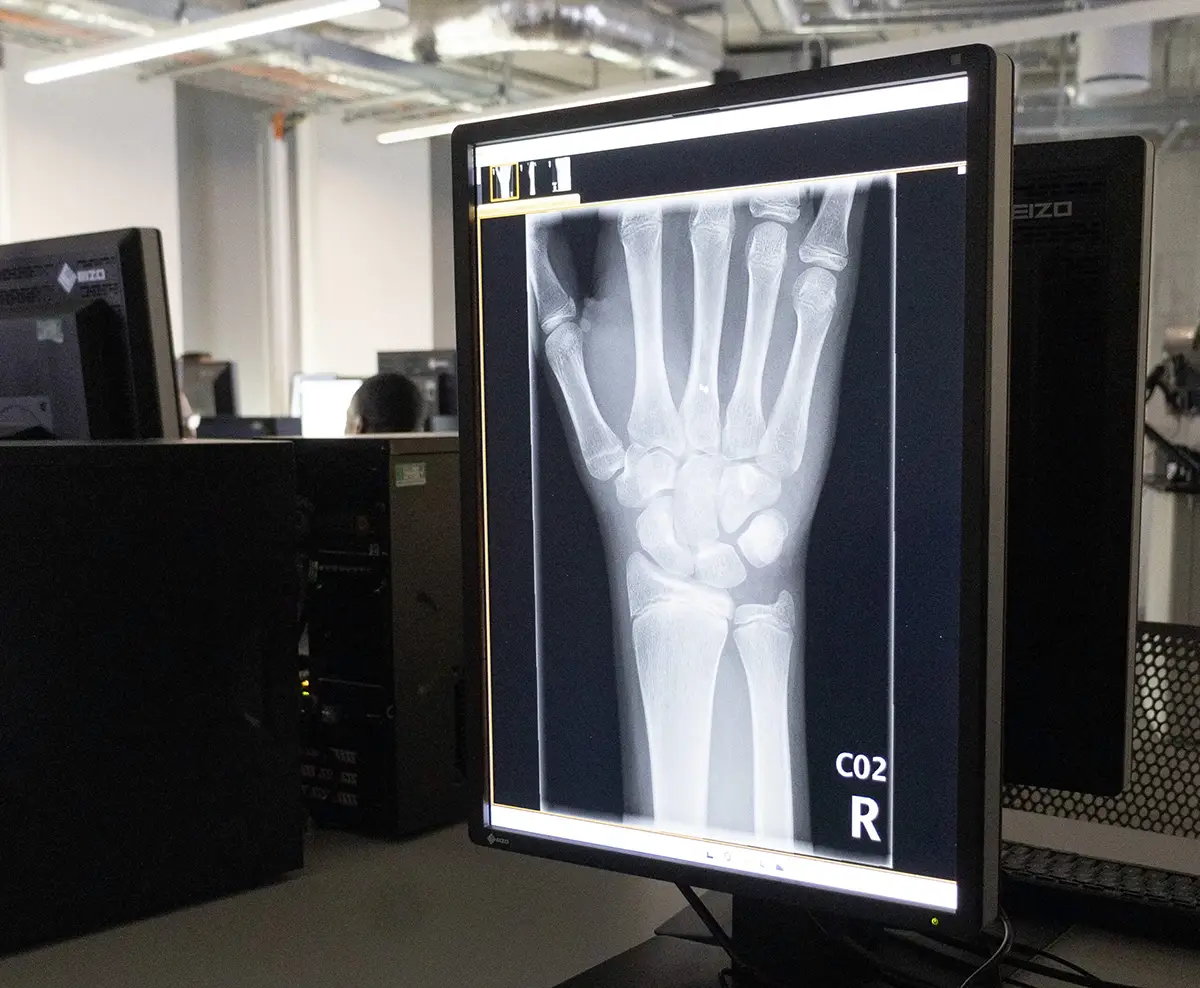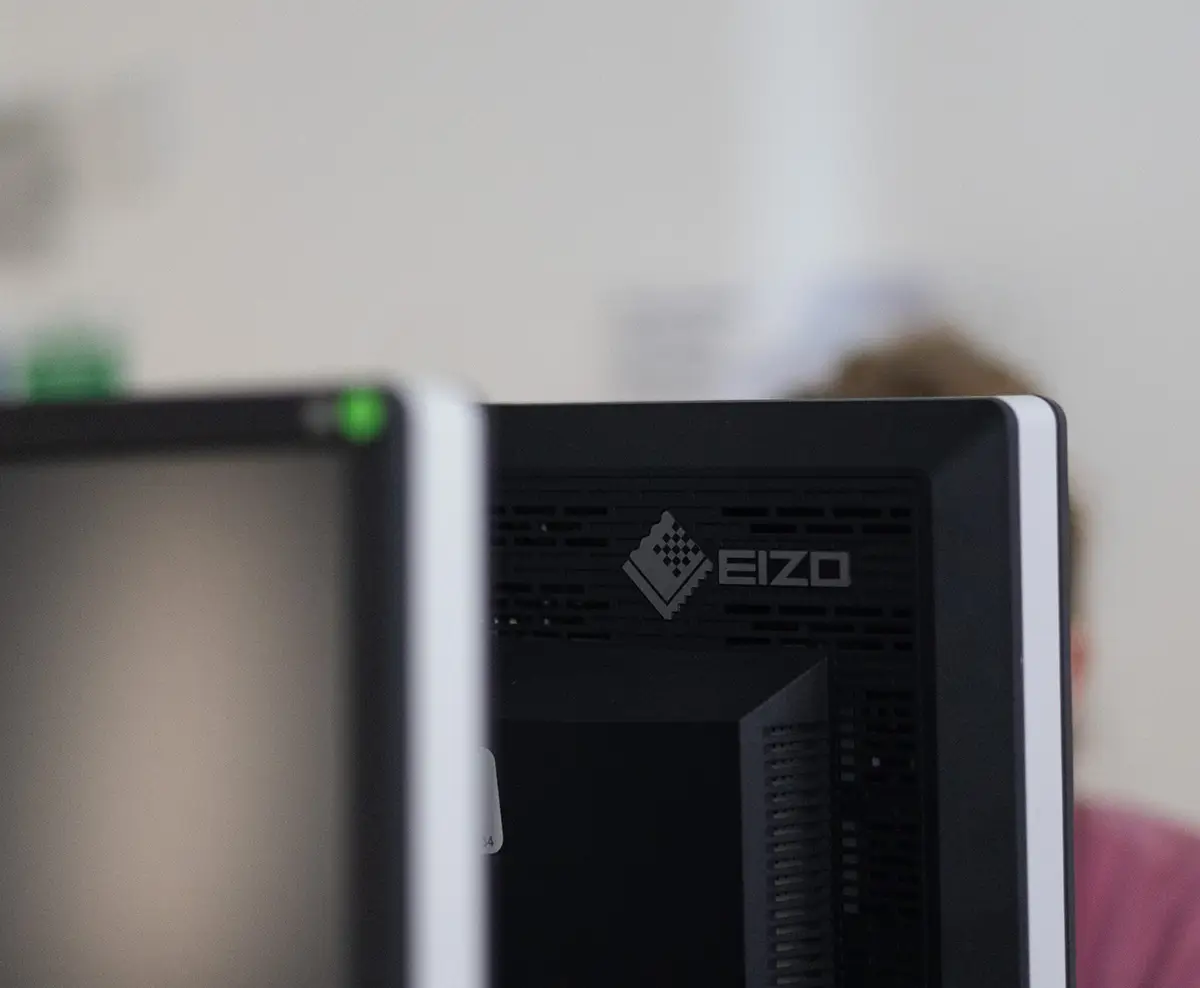Healthcare
Canterbury Christ Church University, UK Deploys EIZO RadiForce Monitors For Diagnostic Radiography
Canterbury Christ Church University is one of the leading Universities in the UK for students wanting to study Diagnostic Radiography. The University offers both undergraduate and post-graduate courses, and due to its excellent connections with hospitals across the South East of England, 100% of its Radiography graduates are in highly skilled/graduate level employment according to the latest official Higher Education figures*.
Canterbury Christ Church University has recently completed a comprehensive upgrade of its radiography simulation suites with state-of-the-art EIZO RadiForce monitors, ensuring that students train on the same equipment that they work with when they attend their clinical placements, taking place throughout the course. Multiple rooms within the Verena Holmes building have been equipped with EIZO monitors, including the primary lecture room which contains over 30 EIZO screens networked together allowing each student to review the same image in real-time with their lecturer.
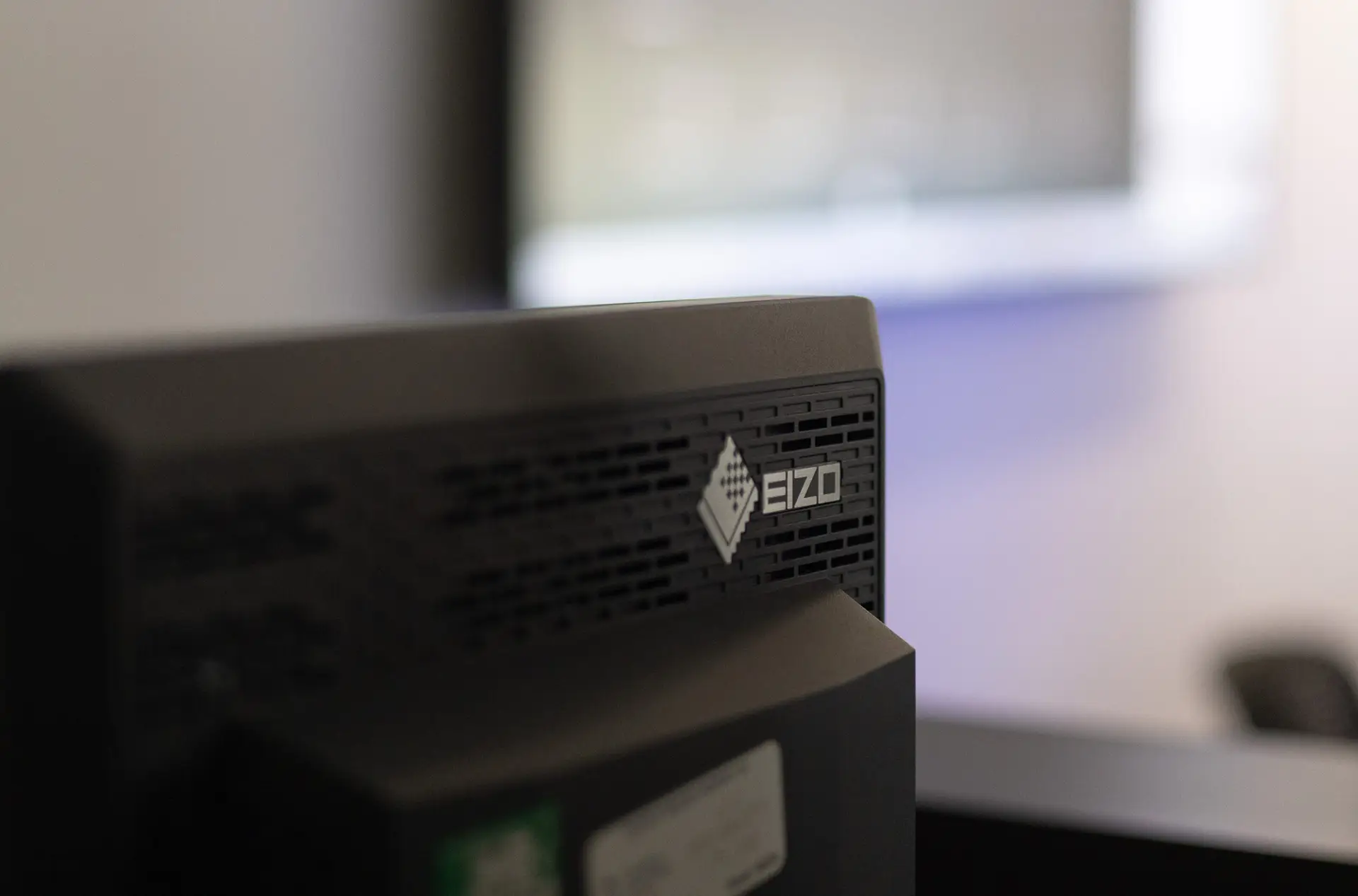
EIZO RadiForce Monitors Empowering the Next Generation of Diagnostic Radiographers
James Elliott, the Undergraduate Course Director, and Lisa Pittock, Senior Lecturer and pathway leader for the Post-graduate Clinical Reporting (musculoskeletal) course bring over 30 years of combined experience in both NHS and Private sectors. They continue to practice professionally, bringing real-world insights into the classroom and educating almost 250 students each year.
James tells us, “The undergraduate degree teaches students to be able to interpret radiographic images, getting them ready for their professional careers. The course covers the foundations of diagnostic radiography and being able to interpret a radiograph, which is more commonly known as x-rays, through working in hospitals in and around Kent. The students are assessed on their ability to perform radiographic imaging, starting from the walking well, the patients who can obey commands. In the third year of study, students are expected to image patients who may be injured or require adapted techniques, such as the very young, old, incapacitated, or otherwise unable to perform (movements or hold positions) on command.
EIZO RadiForce monitors play a crucial role in the curriculum where we incorporate the monitors into several modules starting with the assessment of X-ray imaging, initially for quality assessment before moving on to pathology or trauma assessment, and finally building up to the third year where they get some exposure to CT scans for basic awareness of how to identify pathologies or trauma for clinical practice.” This is crucial for their professional development enabling them to provide a professional opinion on x-rays, a skill further refined in the post-graduate course.
“Throughout the course, the students will spend approximately 40% of the course working in clinical environments, in addition, they will have periods of simulated learning within our x-ray room or simulation suites. We’ve got an entire simulation ward, which we provide for the nursing students, but we also use it for all the other Allied healthcare professionals as well to enhance their learning.” On completion of the undergraduate course, students should be confident in explaining their interpretation of x-rays to fellow healthcare professionals, whilst the postgraduate courses add the element of formal, written diagnosis.
At the end of the undergraduate course, one of the course objectives is that the students are confidently able to explain to another healthcare professional what they are seeing in the x-ray, while the post-graduate course adds the element of formal, written diagnosis based on the content of the image.
Graduates from Canterbury Christ Church University’s Diagnostic Radiography degree learn the skills and knowledge required to gain registration with the Health and Care Professionals Council. Registration is mandatory for those wishing to work within the United Kingdom and confers the use of the protected title as a Diagnostic Radiographer. The vast majority [of our students] go straight into practice having secured employment before they graduate.
From the first stages of the Undergraduate course through their practical work experience and should they progress on to the post-graduate course each stage is designed to provide an ongoing development of their diagnostic skills. This allows students to recognise a wide range of conditions understanding potential red flags that might require further and more specialist intervention from other fields and experts as Lisa outlines, “many people think that x-rays are used to diagnose broken bones, but they can do so much more. We can identify wider health issues through anomalies in bone density, areas of increased calcification of joints etc. Reporting radiographers help to further diagnostic capacity and support in optimising patient pathways. Our undergraduate students are not expected to know every possible problem, but we help them to be able to identify the things that are outside of the normal parameters.”
The Role of Practical Knowledge in Postgraduate Radiography
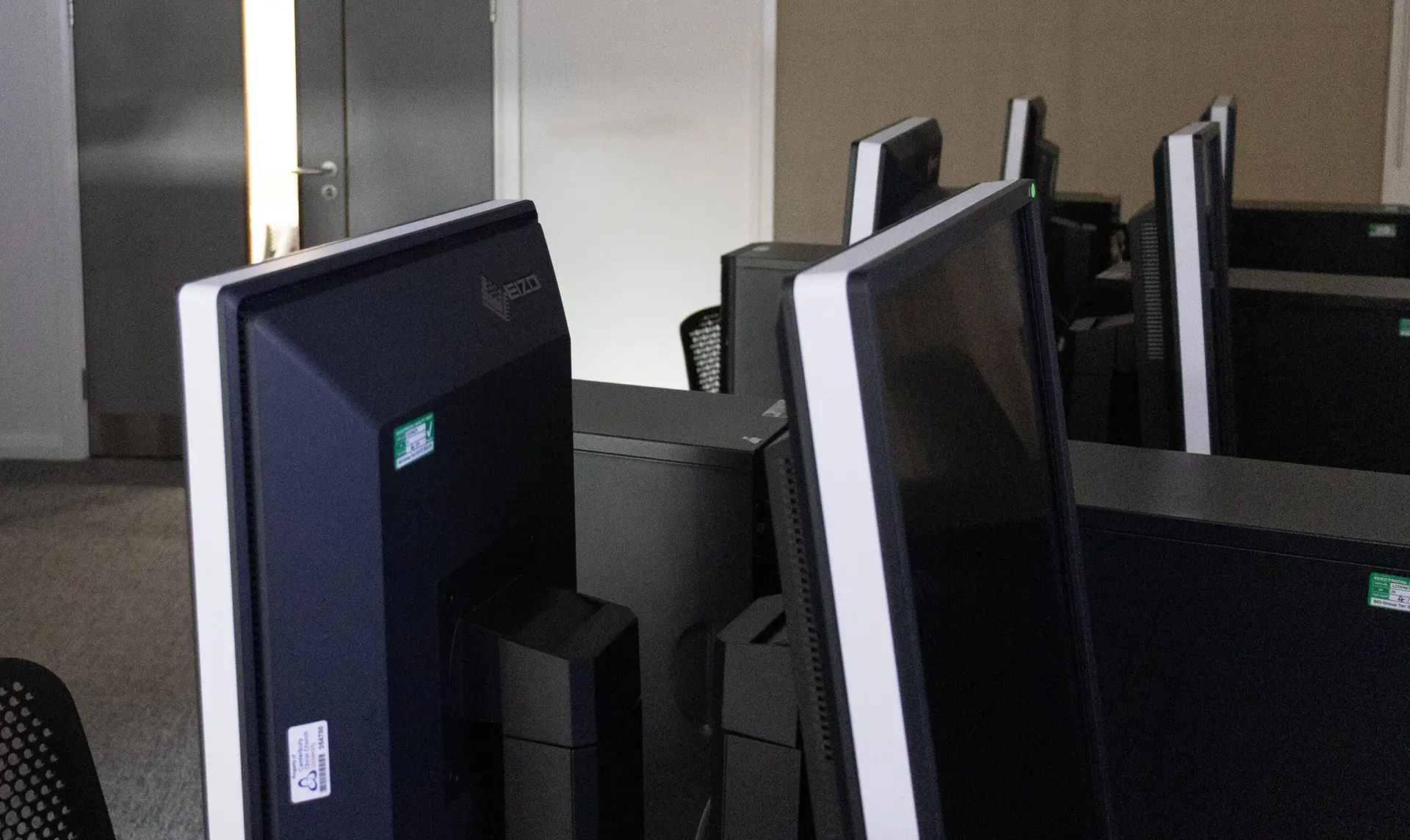
Practical experience is a critical element to the post-graduate with each applicant expected to have clinical workplace experience prior to starting the course. Lisa started lecturing after 20 years of clinical experience and explains the importance of the clinical experience and what the post-graduate program covers, “Our course is designed for radiographers seeking to advance their careers by gaining the legal authority to report on medical imaging for a wide range of different imaging modalities. All our students are radiographers, working almost exclusively within the NHS. The courses offered include musculoskeletal, chest and MRI reporting. All students have support from their Clinical Department for career progression in the knowledge that on successful completion of their course that they’ll then be able to write reports in clinical practice. Within the education setting at CCCU we need to be able to replicate the clinical reporting environment and that’s what the EIZO screens do, they give us the quality of image display that that we require.”
Equipping Future Radiographers
The EIZO monitors are essential in replicating the clinical environment, as Lisa highlights: “The image quality provided by these screens is critical for our training. We’ve been pioneers in reporting education since the 1990s. My predecessor worked with the Society of Radiographers to develop a reporting course in the UK, so we are proud of our position within the education system for our Diagnostic Radiographers. Our unique offering includes specialised MRI reporting courses, such as MRI of the breast, which sets us apart from other universities.”
Canterbury Christ Church University’s decision to select EIZO RadiForce monitors was guided by the specifications set by the Royal College of Radiologists, they currently have over 35 monitors used by their students during lectures and practical workshops. Lisa recalls, “We are extremely satisfied with our selection. We know that with the EIZO monitors we are able to replicate clinical environments within the classroom, which gives our students the confidence when they go out for their clinical experience.”
The training of the next generation of Diagnostic Radiographers is a critical component of the Healthcare environment within the UK, and Canterbury Christchurch University and EIZO are working together to ensure that every student is given an opportunity to learn and work in an environment that will equip them for their professional career.
Canterbury Christchurch University has selected the EIZO RadiForce RX350 and RX360 for their primary lecture theatre and has also selected the RadiForce RX560 as part of their screen real estate.
*Figures correct at the time of publication, December 2024.
